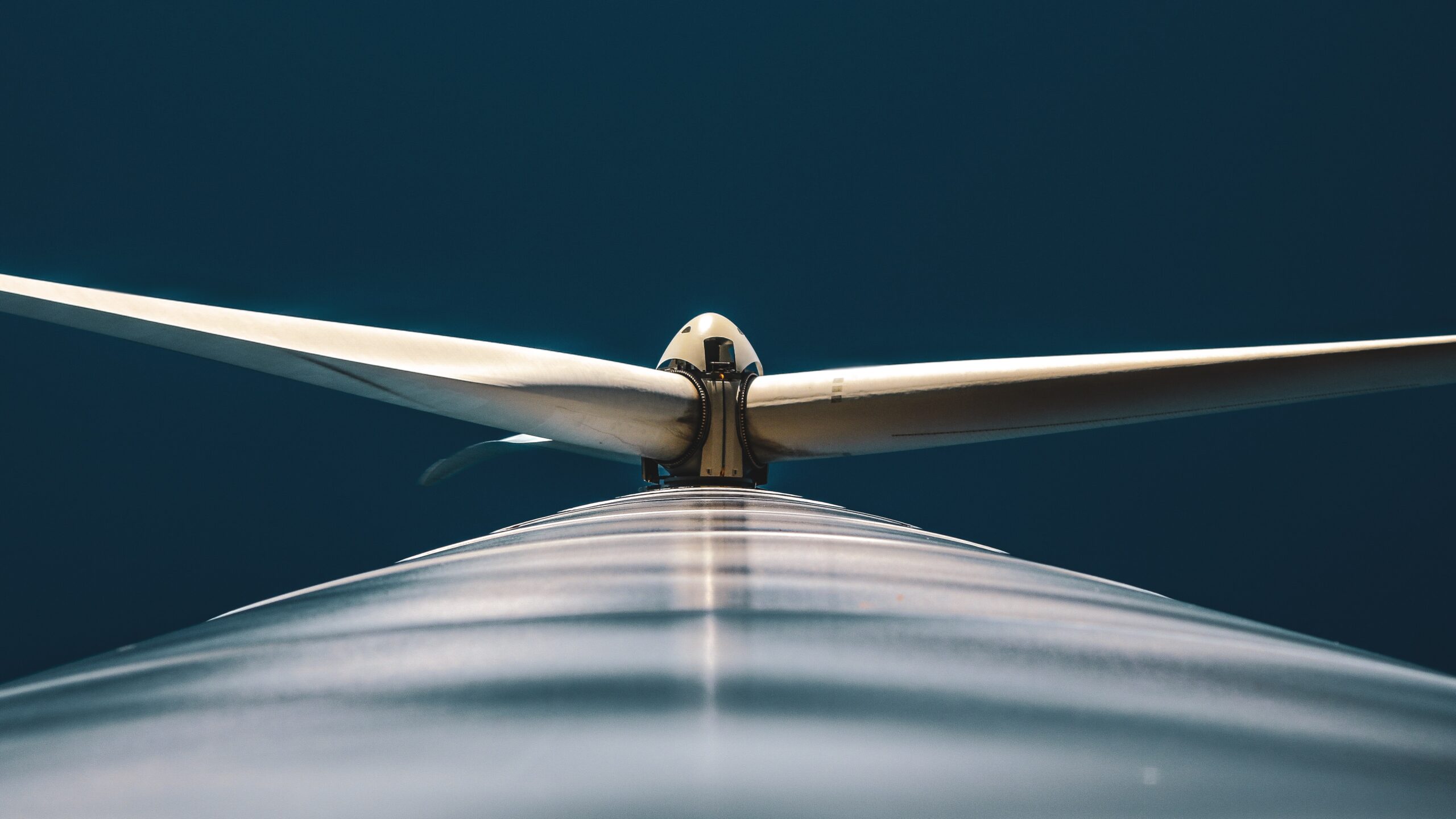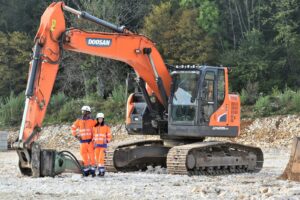Wind is diminishing as a resource, with climate change believed to be the cause. Thankfully, technology can ensure this green source of power will still be an effective contributor to the net zero economy.
Although no two regions of the globe are being impacted in the same way, according to data dating back to the 1960s, global wind speeds have been falling by around 0.5km per hour each decade. Understandably, then, this trend has raised concerns about the long-term viability of wind as a power source, which is currently a key part of the net zero mix.

Researchers Dr Christopher Jung and Professor Doctor Dirk Schindler have now used global climate modelling, and projections on how new technologies are set to develop in the coming decades, to calculate what the impact of this could be by 2060 – long after the world needs to have cut human-made emissions and transitioned to truly sustainable economics.
Rather than seeing a reduction in wind as an effective power resource, though, the study has shown that thanks to advancements in systems, there could actually be a 23.5% increase in the efficiency of the global wind turbine fleet, if this form of energy is optimised. The pair, who both hold posts with the Institute of Earth and Environmental Sciences at the University of Freiburg, Germany, published their results in the journal, Nature Energy.
‘What was surprising was the low impact of climate change on the wind resource compared to the projected technical development of wind turbines,’ said Jung. This means climate change-induced decline in the wind resource can be offset with wind turbine fleet improvement. More so, there can still be a net gain with enough research and development, although it is worth noting that fluctuations in resource availability remain a course for concern.
Earlier this week, scientists announced they were working on new hurricane-resistant wind turbines based on palm trees.
Image credit: Hugo Delauney
















